The office rental market is recovering
According to a report by Colliers Vietnam, although the office market is affected in 2020 due to the pandemic, the segment is continuing to recover, driven by high rental demand from companies in the technology industry.
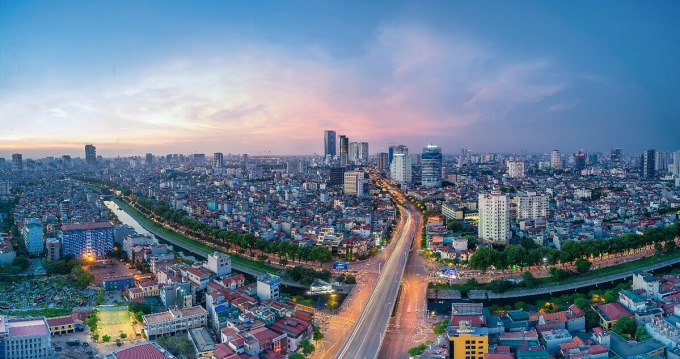
The office rental market is recovering
The report of this unit has shown the performance of the office market in Hanoi, Da Nang and Ho Chi Minh City as follows:
1. Office leasing market in Ho Chi Minh City
In the first quarter of 2021, no new supply was recorded in the market. However, in the next 3-5 years, Thu Duc City is expected to provide the market with an additional 400,000 square meters of office space, especially from the Thu Thiem area. The quality of the buildings is particularly focused on achieving international standards, such as LEED and Lotus. Developers of buildings are currently taking active steps to improve the quality of buildings to compete with upcoming projects.

Office leasing market in Ho Chi Minh City
According to this unit, offices for lease in Ho Chi Minh City are gradually recovering. After a volatile 2020, the Ho Chi Minh City office market recorded an average rent increase in Grade A and Grade B segments of 2% YoY. The impetus for the recovery came from the government's promulgation of many policies to support businesses and encourage foreign investment. This is a significant improvement after the events of 2020 when many tenants returned office space, moved to lower segment office or moved to cheaper space rental in other districts.
2. Office leasing market in Da Nang City
Overall, average occupancy remained high and increased by more than 6% qoq. Demand for office space in Da Nang is forecasted to grow strongly in the future as Da Nang is attracting many high-value FDI projects and recording many new business registrations. The average rent is also increasing, thanks to which the Grade B segment has achieved the fastest growth.
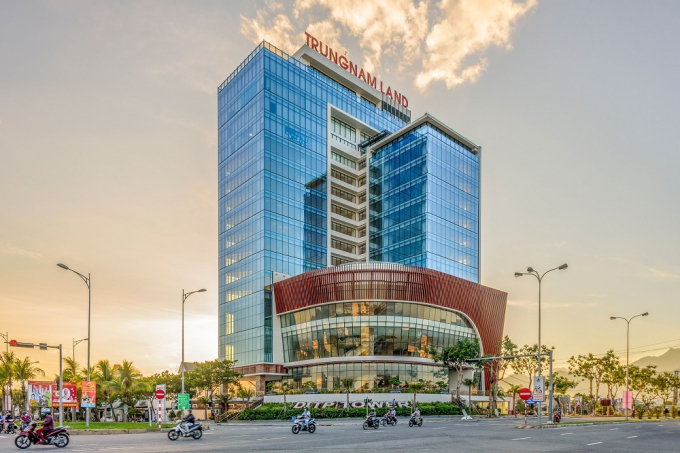
Office leasing market in Da Nang City
Then, Diamond Time Complex just entered the market this quarter, providing about 1,300 m2 of Grade A office space. Grade B and Grade C segments did not record new supply. Some Grade A buildings are nearing completion and are expected to increase supply in the coming quarters.
3. Office leasing market in Hanoi
Although the office market in Hanoi was affected in 2020 due to the pandemic, the market is continuing to recover, driven by high rental demand from companies in the technology industry, including FinTech, commercial e-commerce, software development and data centers. Overall, asking rents in Grade A segment increased by 4.6% and Grade B segment increased by 2.8% YoY.
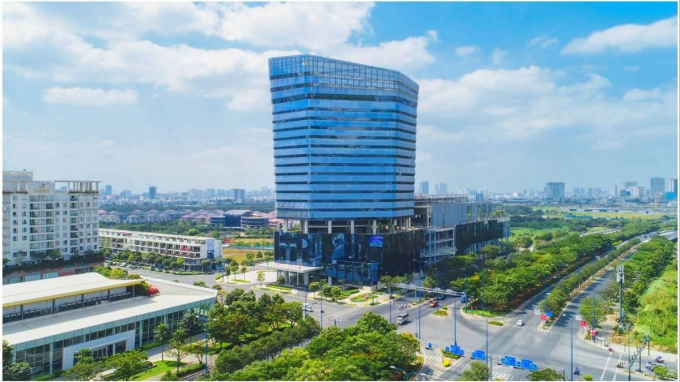
Although the office market in Hanoi is affected in 2020 due to the pandemic, the market is continuing to recover
In Hanoi, the first quarter of the year welcomed a new Grade A project called Thai Building, providing 25,950 m2 to the market. Located in Cau Giay district, the project contributes to showing that investors are gradually moving quality office buildings away from the central area, where the land bank is abundant but still easily accessible to the city center and residential areas. Techno Park Tower located at Vinhomes Ocean Park Gia Lam will provide more than 115,000 square meters of office space by the end of 2021, highlighting the trend of new office relocation out of the central area.
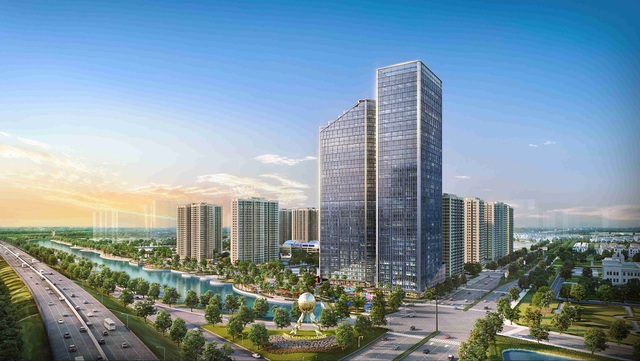
Techno Park Tower located at Vinhomes Ocean Park Gia Lam will provide more than 115,000 square meters of office space by the end of 2021.
While the Hanoi market mainly focuses on developing strongly in the West, the East of the Red River has begun to emerge in recent times, including Long Bien, Gia Lam, and Dong Anh, which are having a strong breakthrough due to the strong growth of the market. Infrastructure projects are attracting investors.
Grade A office market still grows 40% amid the COVID-19 pandemic
Savills Vietnam's data in the Hanoi Market Overview Report Q1/2021 shows that the Hanoi office market is stable, the Grade A segment has the largest supply growth year-on-year with 24% rental rates. Hanoi market remained stable at 33 USD/m2 even during the time of Covid-19 epidemic.
The figure of USD 33/m2 is the average of the whole Grade A market, including buildings with low occupancy rates (20-30%) and buildings with high occupancy rates (80-90%). In fact, despite the impact of the Covid-19 epidemic, Savills also recorded the number of transactions of office buildings in 2020 and Q1/2021 as high as 40% compared to the same period in 2019. Especially during period from Q4/2020 to Q1/2021, the average rental area of the market has also increased significantly.
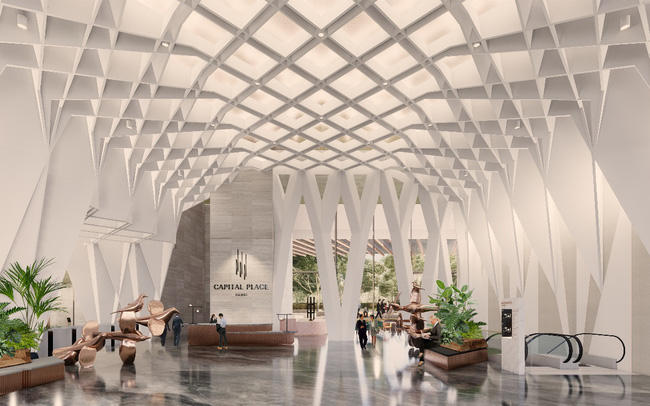
Savills Vietnam's data in the Hanoi Market Overview Report Q1/2021 shows that the Hanoi office market is operating stably, the Grade A segment has grown.
Previously, the Hanoi market only recorded the average rental area at 300-500m2/transaction. However, recently, due to the new buildings with good quality and more reasonable rent, companies tend to gather all their offices, resulting in a large number of office space transactions over 1,000m2 increased. This is one of the relatively significant improvements in the Hanoi office market.
The distribution of Grade A projects in Hanoi is concentrated in Hoan Kiem, Ba Dinh and the West of Hanoi. The average rent of Grade A in the western area of Hanoi is at 20-25/m2 USD; In Ba Dinh and Hoan Kiem areas, the rent can reach 40/m2 USD (including service charge). This is thought to be the reason why the average rental price of the whole market in Hanoi is only 33 USD/m2.
Meanwhile, in Ho Chi Minh City, the supply of Grade A office space is concentrated mainly in District 1 or right next to District 3. This concentration of supply makes the average rental price of Grade A office reachable, which is 50 USD/m2. In terms of office rents, Hanoi is still lower than Ho Chi Minh City and other cities in the region, especially in the Grade A segment.

Previously, the Hanoi market only recorded the average rental area at 300-500m2/transaction. However, recently, the new buildings have good quality and the rent is more reasonable
708 / 5000Translation resultsCompared to the office market in other countries, the supply of the Hanoi office market is considered to be lower than that of Singapore or Bangkok, Thailand. Due to the fact that the rental price is lower than that of other countries in the region while the economic development potential is very good, foreign investors are focusing on developing the office market in Hanoi and Ho Chi Minh City.
Another notable point of the office market after the Covid-19 pandemic is the tendency to appear more of the co-working model. The co-working model and the traditional office model are not in direct competition with each other. The co-working space model is promoted by the trend of young people preferring to work outside, with a flexible working environment.
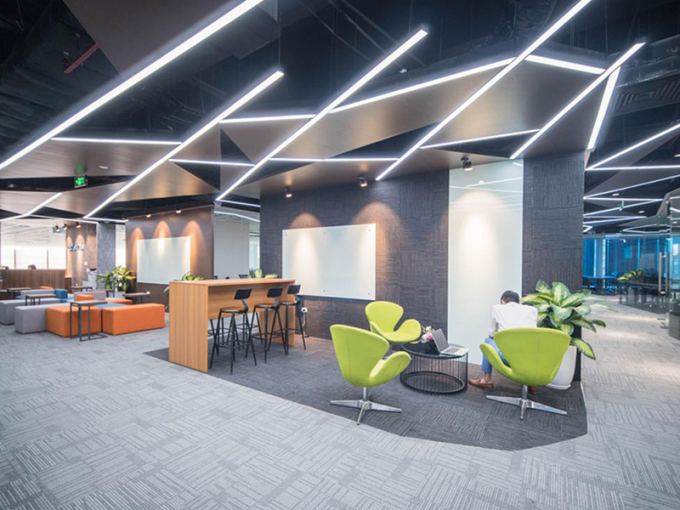
Due to the fact that the rental price is lower than that of other countries in the region while the economic development potential is very good, foreign investors are focusing on developing the office market in Hanoi and Ho Chi Minh City.
However, Grade B and C offices are reaching the highest occupancy rates in the market, partly because businesses need a large office model, ranging from 1,000 to 2,000 square meters of floor space. Therefore, they often choose buildings with a reasonable rental budget that are more affordable so that they can have the cost of reinvesting in the interior, changing the working model to suit the company culture. Co-woking will only be suitable for start-ups or newcomers to the Vietnamese market, but for companies with long-term plans to operate, this will not be the right model.

